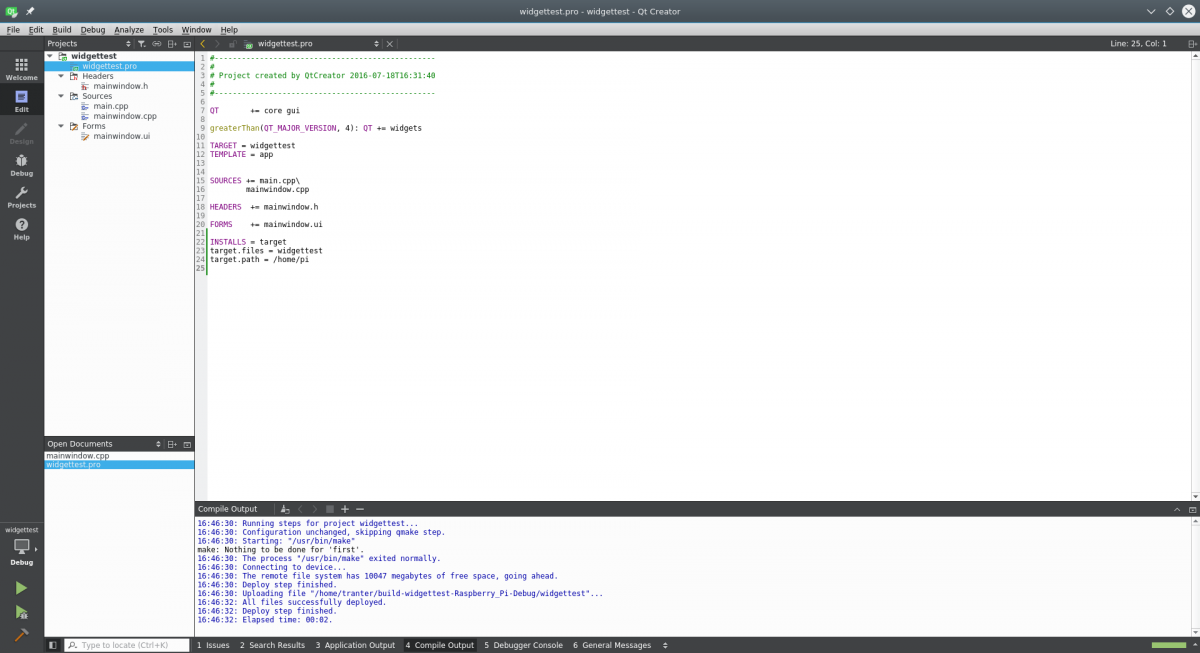


There are some instructions (1) for building Qt 5 natively on the Qt Wiki server. This will work out of the box for the X11-based xcb back end for Qt, but a little more configuration is currently needed if you want support for OpenGL. Raspbian Linux on the Raspberry Pi is essentially the same as any other desktop Linux system, and Qt can be built simply by installing the necessary compiler and development packages, running the configure script, and then running "make". Note that if you have both Qt 4 and Qt 5 installed on your system, to avoid confusion you should take care to note which versions of tools, such as qmake, you are running. However, Qt 5 is not yet packaged for Raspbian, so you need to build it yourself.
#RASPBERRY PI QT FULL SCREEN WINDOWS 10#
There are other options available, including Windows 10 in the future.Īs discussed in some previous blog posts, Qt version 4 is available as standard Raspbian packages and works out of the box on the Raspberry Pi 2. I was using the Raspbian Linux distribution, which is the preferred operating system for the Raspberry Pi. One of the first things I thought I would try was to build Qt 5 natively. They are now being manufactured at a rate of 20,000 per day). I recently acquired a Raspberry Pi 2 (which took some time, as the initial stock of 150,000 units available on launch day was quickly snapped up. Building Qt 5 natively, even on an overclocked Raspberry Pi 1, literally takes several days. While you can compile natively on the machine, for larger programs it was very slow. Typically, when building C or C++ code for the Raspberry Pi, you would cross-compile it on a fast desktop system.
#RASPBERRY PI QT FULL SCREEN SOFTWARE#
What interests me, as a developer, is that the increased performance of the Raspberry Pi 2 means that it is now more suited as a software development machine. As a desktop, it is now much more responsive and able to run more applications simultaneously with good performance. This means that it is now suitable for some applications where the Raspberry Pi was previously too slow. While it depends on the benchmark program you run, the new CPU on the Raspberry Pi 2 is roughly six times faster than the original Raspberry Pi. Learn more about Programming with Qt for Embedded Devices with ICS Training


 0 kommentar(er)
0 kommentar(er)
